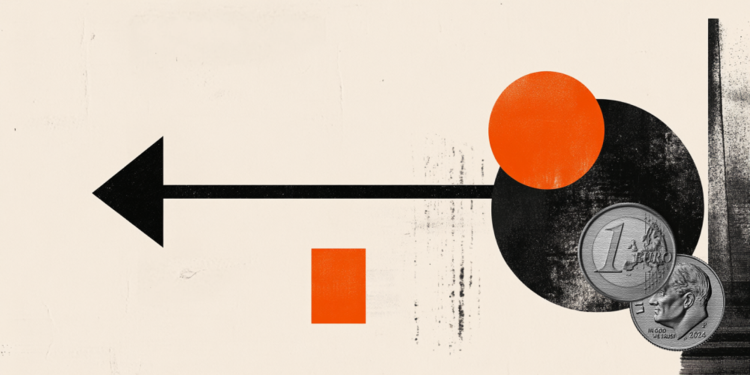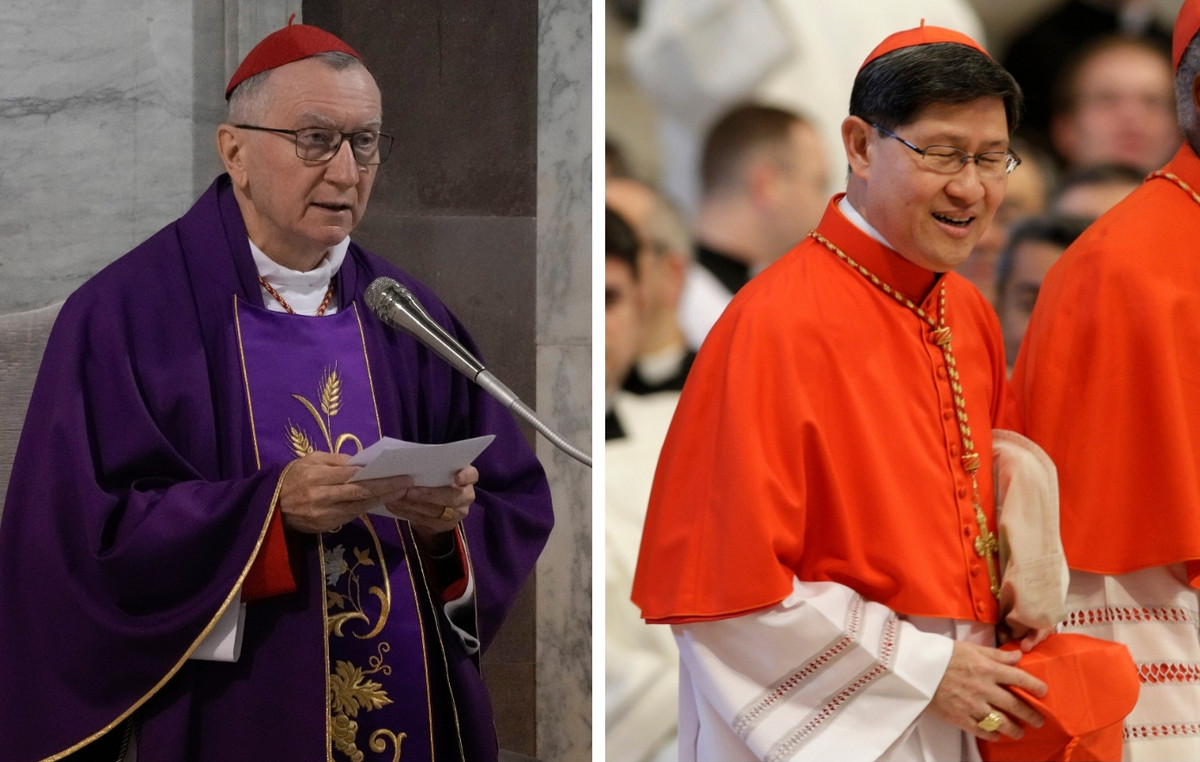This Wednesday (7), the Brazil celebrate the bicentennial of its Independence an important episode in the history of the country that had two complex political actors as protagonists: Dom Pedro I and Maria Leopoldina.
“What attracts me the most in these stories are these characters involved in this process of Independence. Everything could have happened there”, says Paulo Rezzutti, writer of biographies from the colonial period.
Pedro arrived in the new land as a child – he was 9 years old when he set foot in Brazil. “After 12 years in the country, he was already more Brazilian than Portuguese”, points out Rezzutti.
The wife, Maria Leopoldina, from Austria, arrived in Brazil in 1817. It was only then that she met her husband, as a result of a marriage agreed by proxy.
Over the years, Leopoldina proved to be a skilled organizer and stood out for the participation of autonomist movements, which wanted the situation in Brazil to remain as it was. A key character to change the course of history.
When Pedro was 22 years old, his father returned to Portugal and, the following year, asked that his son, at the time regent, accompany him.
The intention of the Portuguese Cortes was to recolonize the country, which had been elevated from a colony to the status of the United Kingdom of Portugal and the Algarves.
“The situation is getting worse. If, on the one hand, Pedro is concerned with events in Portugal, Leopoldina was linked to maintaining the throne in Brazil. Peter considered staying as long as he could appoint his own ministers. This happens on January 9, 1822, the Dia do Fico”, says the biographer, who has written books on Dom Pedro I, Leopoldina, Marquesa de Santos, Dom Pedro II, among others.
Dom Pedro I’s decision to stay in Brazil dropped like a bomb in Portugal. “The Cortes revokes everything Dom Pedro does. But the ship with this communication only arrived on August 28, 1822”, explains Rezzutti.
After so long, Lisbon’s orders also determined that Pedro and his family should return to the metropolis immediately, and assistants, such as José Bonifácio and Clemente Pereira, who participated in the counseling should be dismissed, arrested and taken to Lisbon.
The reaction in Brazil unleashed a succession of events with the characteristics of the speed of the time.
“Until the council of ministers met, it was September 2. The auxiliaries took to Dom Pedro I the idea of declaring independence. José Bonifácio sends a chancellery official to urgently meet Dom Pedro. This happens on September 7, at Ipiranga, in São Paulo. Until Portugal knew what was happening, it also took time”, highlights Rezzutti.
Leopoldine, the articulator
A detail highlighted by Maria Leopoldina’s biographer is that she has a decisive participation in the council of ministers in relation to the formal declaration of Independence. “She was a skilled articulator. She was knowledgeable about politics and acted as a key mediator behind the scenes at the palace to find a suitable solution.”
After independence, the situation remained effervescent. The history professor at the University of Brasília (UnB) Teresa Marques points out that the decision for independence was also not consensual. “In fact, there are protests in the Northeast of the country that are rising against the Court. In Pernambuco, in 1817 and 1824, there were demonstrations against the imposed Constitution”.
She explains that the way of dealing with the provinces was troubled. “Ordinary people didn’t quite understand what was happening. Dom Pedro did not always seek advice from more moderate minds. I wish he would listen to his wife more.”
The provinces reacted to having to obey Rio de Janeiro and no longer Portugal. By way of diplomacy, independence was only recognized by Europe in 1825 through the payment of two million pounds sterling to Portugal.
Source: CNN Brasil







